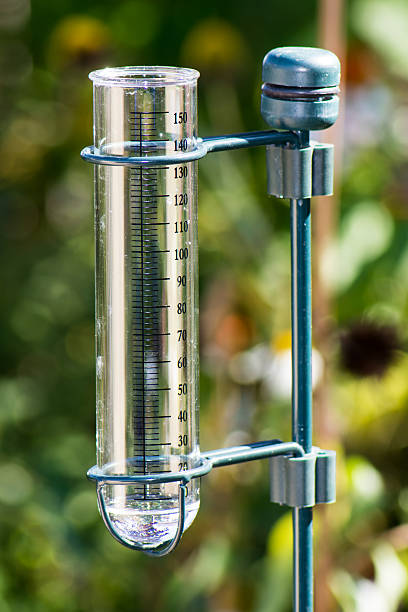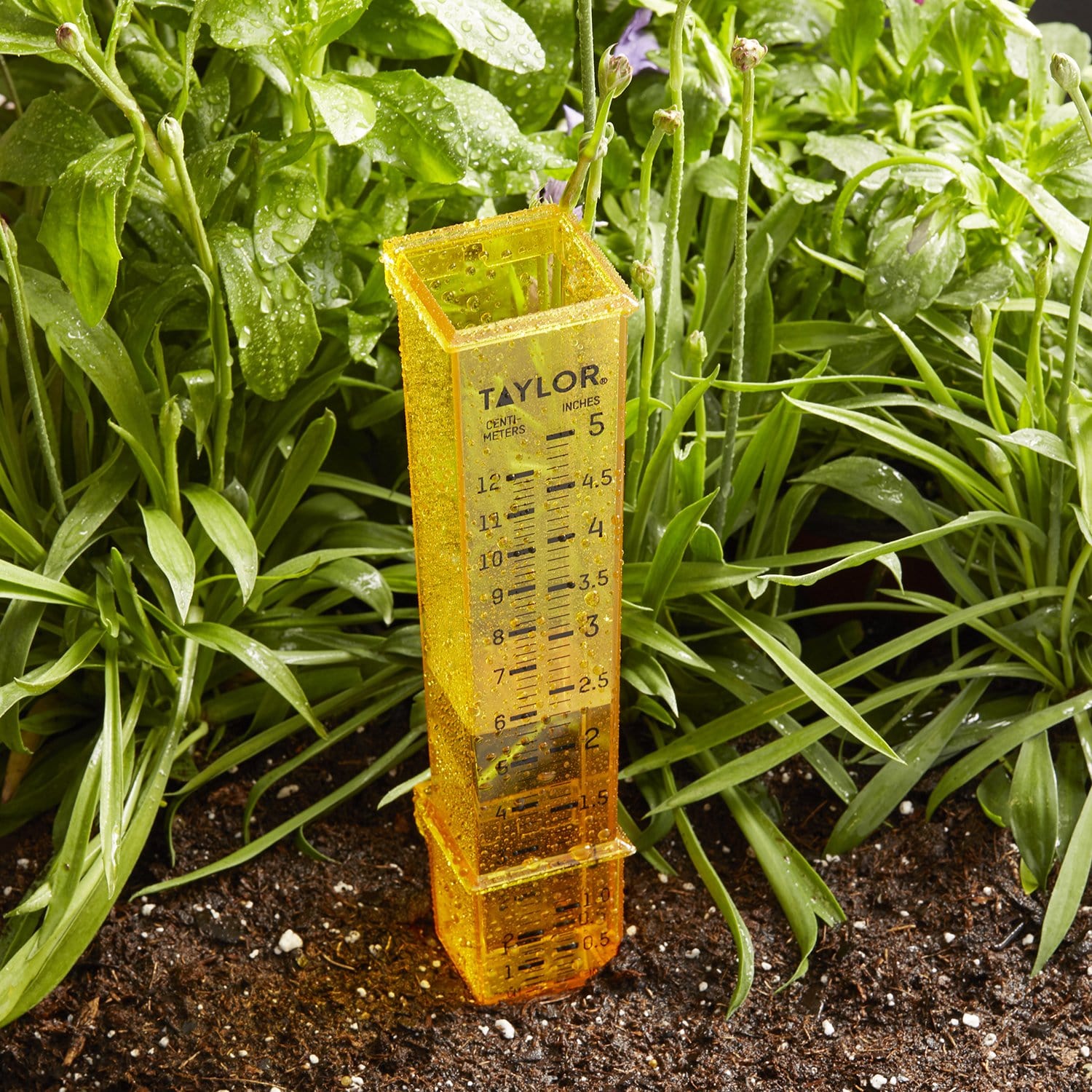DIY Rainfall Scale: Basic Steps to Make Your Own
Producing your own Do it yourself rain scale is a easy and effective way to determine and videotape precipitation. With simply a couple of usual materials and some basic steps, you can easily create your very own rainfall scale at home. Let's get begun on making your DIY rain scale today!
Gather Products
To begin building your DIY rainfall scale, gather all the necessary materials making use of a thorough checklist of things. Having the appropriate products on hand will certainly guarantee the effective development of your rainfall scale and enable for precise measurements of rains. You will need a clear plastic container or cylinder, such as a plastic container or container. Make certain the container is transparent to make sure that you can easily see the water level inside. Next, you will require a ruler or measuring tape to mark the increments on the container. This will allow you to determine the quantity of rains precisely. Furthermore, you will require a permanent pen or water resistant tape to note the dimensions on the container. This will ensure that the markings remain visible even when revealed to rainfall. You will need a sturdy base or stake to safely hold your rain scale in place. This can be a wooden or steel stake that can be inserted right into the ground or a strong level surface to supply security. Gathering these materials ahead of time will enhance the building and construction process and make certain that you have every little thing you require to develop your very own DIY rainfall gauge.
Prepare the Container

Mark the Dimension Increments
To accurately determine the amount of rains, accurately noting the dimension increments on your do it yourself rain scale is important. Without clear and precise markings, it would certainly be tough to identify the precise amount of rainfall gathered in your rainfall scale. Here are the actions to note the measurement increments on your rainfall gauge.
First, select the site here device of measurement that you intend to make use of. The most usual devices for determining rainfall are inches and millimeters. Make use of an irreversible pen or water resistant paint to note the increments on the side of your rain gauge when you have picked the system. For inches, you can note every quarter inch or every half inch, relying on your preference. For millimeters, you can note every 10 millimeters or every 20 millimeters.
When noting the increments, it is very important to ensure that they are evenly spaced and clearly visible. Utilize a leader or determining tape to guarantee precision and uniformity. Additionally, see to it that the markings are immune to fading or rubbing off, as exposure to the aspects may create them to wear away gradually.
Area the Rain Scale Outdoors
The rain scale need to be placed outdoors to properly accumulate rains data. The location chosen for the rainfall scale ought to be open and free from any type of blockages that can potentially impact the measurement of rainfall. It is important to locate an area that is not blocked by trees, buildings, or other structures that could block the rainfall from reaching the gauge. This will guarantee that the collected information is representative of the actual rainfall in the location.
Furthermore, it is important to position the rain scale on a stable surface, such as a degree ground or a strong message. This will protect against any movement or tilting of the scale, which might lead to imprecise dimensions. It is additionally advisable to prevent positioning the gauge near any kind of sources of fabricated water, such as sprinklers or drain systems, as this could conflict with the precision of the dimensions.
Display and Document Rainfall Data
Regular monitoring and recording of rains data is crucial for accurate data analysis and interpretation. By monitoring rains dimensions, you can get useful insights right into weather condition patterns, environment fads, and water resource administration. To effectively keep track of and tape-record rainfall data, it is essential to develop a routine and maintain regular practices.
Firstly, make sure that your rain gauge is placed in an open location far from barriers such as trees or structures that may obstruct rains. In addition, read what he said make sure the rain scale is degree and firmly anchored to avoid any activity that could impact the accuracy of the measurements.

When recording the rains data, it is very important to keep in mind the day and time of each measurement. Use a leader or a determining stay with figure out the rains deepness in the rain gauge, and document this info properly.
To ensure the accuracy of the dimensions, it is advised to empty the rainfall gauge after each recording. This will avoid any type of overflow or evaporation from affecting succeeding dimensions.
Verdict
In final thought, producing a DIY rainfall scale is a straightforward and sensible way to keep track of and videotape rainfall data (The Rain Gauge). By adhering to the steps detailed in this article, you Visit Website can easily collect products, prepare the container, note the dimension increments, and place the rainfall gauge outdoors. Regularly keeping an eye on and tape-recording rainfall information can supply important information for various purposes
Having the best products on hand will certainly make certain the effective production of your rainfall gauge and allow for accurate dimensions of rainfall.To precisely measure the amount of rains, precisely marking the measurement increments on your DIY rainfall scale is crucial.The rainfall gauge must be positioned outdoors to properly gather rainfall data. The area picked for the rain gauge must be open and free from any type of obstructions that might potentially influence the measurement of rains.In verdict, developing a DIY rainfall gauge is a sensible and basic way to keep track of and tape-record rains data.